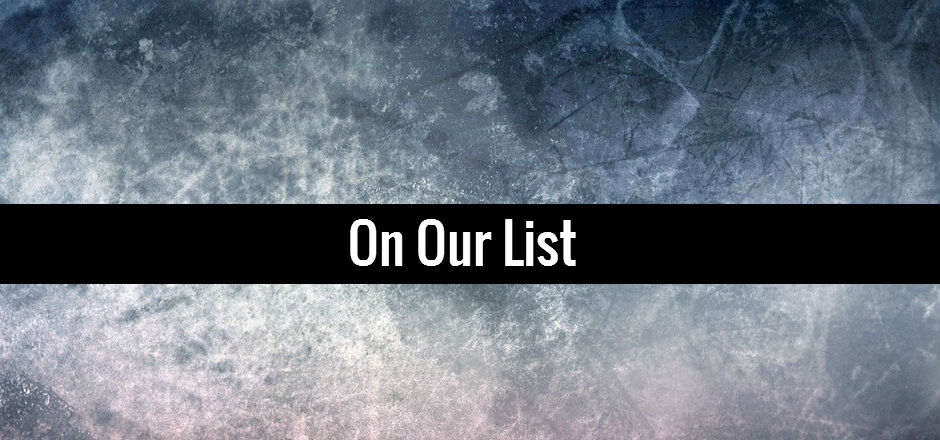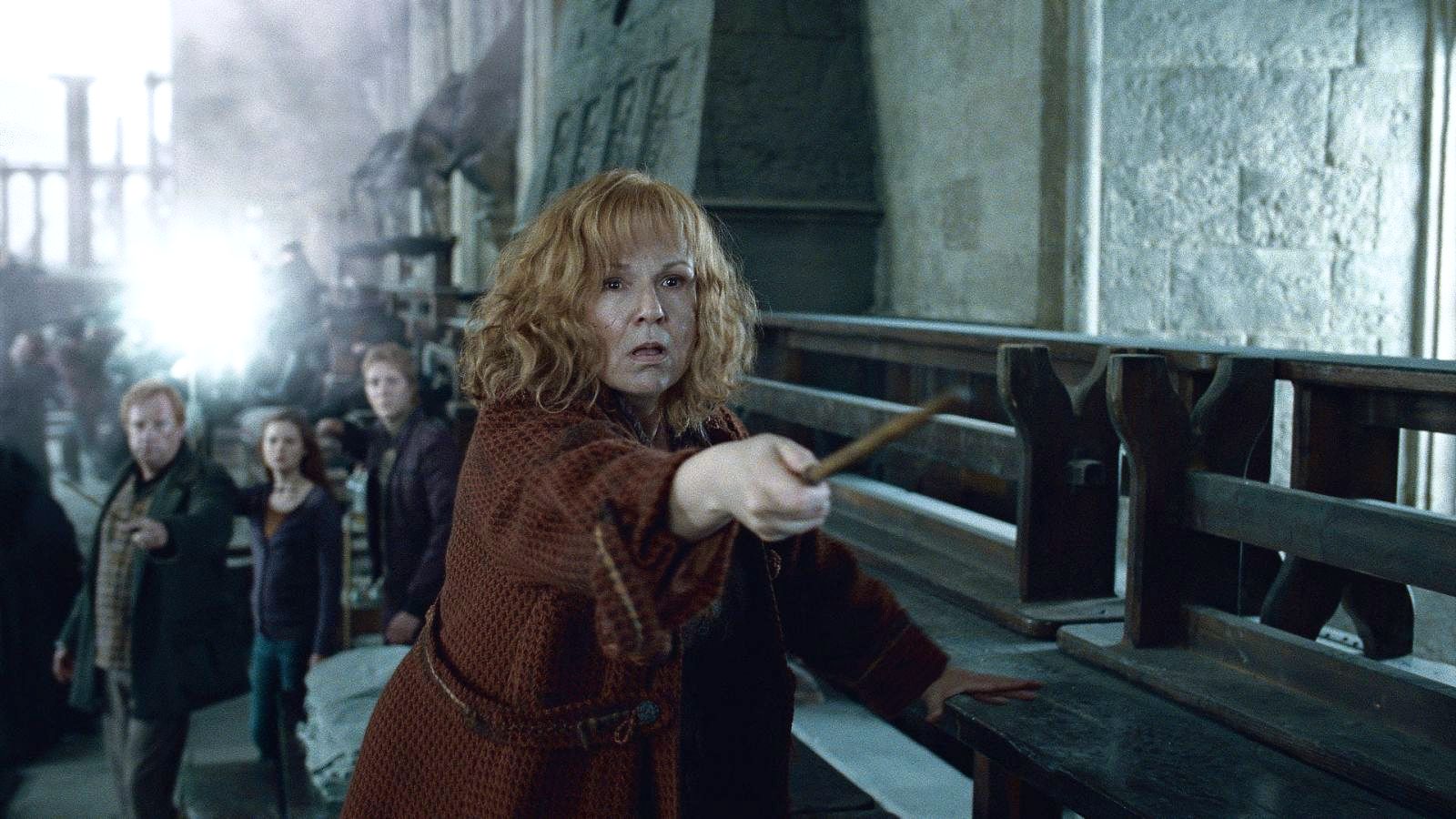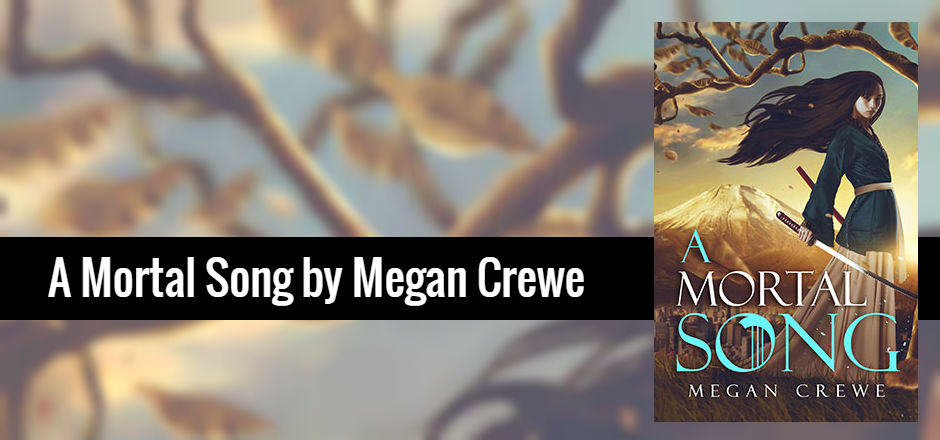In 2008, the US Census Bureau predicted that, by 2042, there will no longer be an ethnic majority in the United States.
Media outlets handled this news in different ways. Bloomberg and Fox News reported that white Americans would become a racial minority; CNN and the New York Times reported that current minorities would become the racial majority. But the data estimates provided by the Census Bureau state, quite simply, that we will have “An Older and More Diverse Nation by Midcentury.”
There’s a lot that could be said about the Census Bureau’s estimates — a lot of which would end up divisive and unnecessarily conflicting. What the aforementioned articles didn’t talk about? The sheer reality that growing national diversity means facing the increasing chance that the Average Everyday American will interact with and — gasp! — even befriend and fall in love with people of a different ethnic background.
As it is, many of us currently live and socialize in multiracial communities, and we would love to see media that we love — TV and movies especially — reflecting the diversity we see and interact with every day. Not all media does (or can) depict multiracial topics, but media that can does so in several different ways, which can say quite a bit about how its contemporary society handles the races and cultures — and subsequent blending — contained within it.
In the more racially homogeneous Japan, biracial characters in anime are significantly more likely to face their own heritage as their primary personal struggle or inner demon. The metaphor is even more pronounced in characters like Okumura Rin or Inuyasha who are literally half demon.
In some American series, especially those with older audiences, multiracial groups are handled with little acknowledgement by the characters themselves, showing how normal it is for the characters to exist in multiracial communities. Several children’s series from the 90s — Power Rangers, Hey Arnold!, and The Magic School Bus come to mind — feature casts with characters of different races and ethnic backgrounds, while the more recent Avatar: The Last Airbender‘s 2012-2013 comic series The Promise explicitly discusses a post-colonial interracial community, which later becomes Republic City in the current series The Legend of Korra.
As the US continues moving towards an increasingly multiracial society, it becomes more important to accurately depict both multiracial groups and multiracial individuals in entertainment media. Because, after all, we’ll see the days of a single-race majority in the US draw to a close during our lifetimes, and for most of us, America wouldn’t be the same without the friends and family we find when our differences don’t limit us.
Feliza Casano comes from a multiracial family from the Midwest, thought she currently resides on the East Coast. She is a fan of anime, manga, and every sort of book as well as editor in chief at Girls in Capes. She writes for all sections of the site, and she’s the one behind GiC’s Facebookand Twitter. Follow her on Twitter @FelizaCasano.
Be sure to check out the rest of The Multiracial Issue from July 2014.






